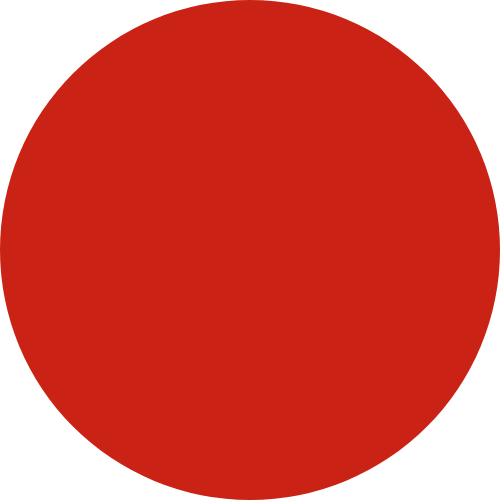-
Good Cards for a Good Climate
Here’s a set of postcards to help get climate conscious in everyday life. Each card shows a prompt to become climate wise. Engage your colleagues, friends and extended family in a bit of banter around energy and water consumption, packaging and pollution and love for our planet and the abundant nature it gifts us. Just…
-
Climate Action Manual
In a year-long living lab we experimented how to quickly and safely transform a hospital to be carbon neutral by 2030. This fieldbook holds our experiences, pitfalls, successes, contacts and hurdles. (German)
-
We Are In.Tuition Fieldbook out now
It’s been a year since we held our retreat in Cowra, and from it sprung a fieldbook with wise and thoughtful stories of circle life, leadership and transformation. Our group of academic fringe dwellers crowdfunded layout and print and we’re eternally thankful to our many supporters. Talented Jenni Ottilie took on the graphic design of…
-
Founder at Heart @MBAe
Founder at Heart is a result of a few years teaching Global Entrepreneurship and Innovation at the University of Technology Sydney’s MBAentrepreneurship. We realised that, coming from an anthropological perspective, some of the inner work we did with students resonated deeply. So, I was invited to design a course around purpose and collaboration. Summer 2018…
-
Manifesto For Tomorrow at the Art Gallery of NSW
Manifesto For Tomorrow was an experimental youth engagement program that made participants the authors of their own declarations of beliefs, intentions and motifs. The program ran in the spring of 2017. I.C.E., the Art Gallery of New South Wales and an alliance of education partners developed and delivered a youth program of artistic research and…
-
We Are In.Tuition – Remixing the Goods
A project I’ve been working on is called We Are In.Tuition. We Are In.Tuition is a creative residency, dojo, retreat, open value network and fieldbook. It’s the result of 15 months of dojos / gatherings jamming on a loosely defined field of shared practice: intuition and mutual care in leadership, innovation and the future of work. In…
-
What’s The Future of Education, Really?
UTS Business School has released a short clip on the work we’ve been doing with our students. It’s been a tough semester, including a lot of strong emotions among my students as well as me. The comments they made on this clip validate so beautifully that learning is a liminal threshold, and being outside your comfort zone is…
-
Artist Residency – Working with Resistance
As part of my Artist Residency at the University of Technology Sydney, I was invited to run a series of experimental gatherings, in which we offer a space to reflect and practice working with uncertainty. Our experiments are around behaviours, ethics, and tools that are helpful in times of change. My facilitation is informed by remixing…
-
On Love and Creativity
AcademyXi asked me to speak at an openIDEO event in Sydney. I couldn’t attend, because I was at Wir Bauen Zukunft in Germany. So I recorded 13 mins about what I think are the causes of a disconnected society,about competition and winning, my experience of living in Leipzig (post-socialist) as very communal and collectively artistic,…
-
Ethnographic Research on Regenerative Futures
When I spent time in Europe I live with an intentional community on 10ha of land in Northern Germany. The place used to be a Botanical Garden meets Bionics experiment. Sounds wild? Yes, the Prof whose mind-child it was, was a true visionary, Buckmintser Fuller style. One of his books is “The Ecology of Beauty“. Anyways.…
-
Level Up – Resilience and Empathy Card Game
In Bavaria, in not so ancient times, 30 researchers from different faculties at 18 universities got together to develop their field of study through a lens of “resilience”. They worked for a year and came together in groups of 2 or 3 to then design games based on their research. That means, when playing this game,…
-
Queer Economics And Love-Driven Politics
I’m feeling torn about this article. Although I posted it on Medium I never shared it really. I rewrote “fem” and “masc” to read “yin” and “yang”, but that doesn’t cut it either. There’s something in it, and it needs other people, conversation, to shape what can become, so I release it: This is the…
-
Permaculture for Business
In early 2015, I sent an email to the Michael Crouch Innovation Center at UNSW (back then just opening) and suggested an artist residency to do ethnographic research in a Permaculture community. My goal was to try and apply permaculture principles to the way we work and live in cities; to find new ideas how…
-
LORE :: Androgyny
Over the course of a few years, I’ll tie different strands that I research together. I use LORE as a term for this package of research; LORE in the sense of “folklore” but also as “body of traditions” or (in)visible cultural norms we abide by. First, because everything I do places itself in storytelling. Also, because…
-
Superhero Card Game
Play this game with a group as an icebreaker or as an energizer to make people talk casually and intimately to learn something about themselves and their peers. Group size: minimum 10 pax Playtime: 5 Min intro, played across breaks, 10 min framing, ideally leads into a self-inquiry game (ask us) What: The game objective…
